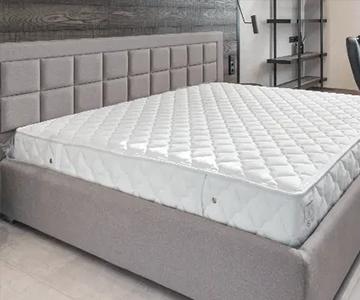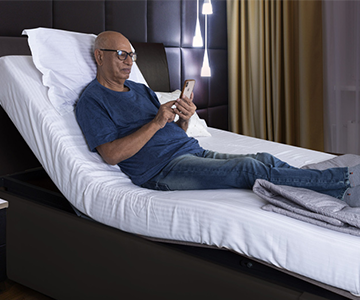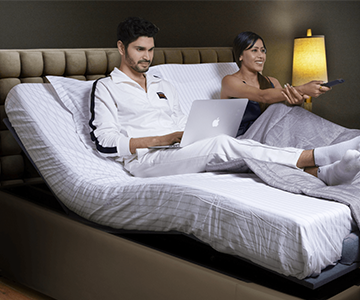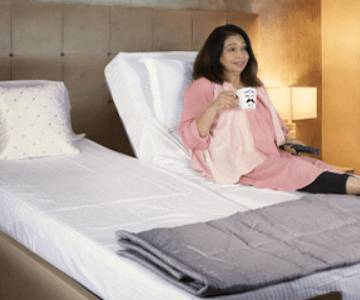One of the challenging tasks in the market is shopping for an adjustable bed. Considering the requirements of the user, the type of mattress and the kind of base that should go with it that complements the overall budget are some factors that need to be kept in mind. Shopping for adjustable beds is an essential job you must carry with utmost conscience. This blog will list several tips for initiating the best and safest purchase possible for automatic beds for patients.
What to Know Before Shopping for Adjustable Beds
1. Learn about hospital adjustable beds
Adjustable Beds for Seniors usually have movable parts on the base, not the mattresses. Keep a note of this to purchase the right fit as you buy them as separate items that ultimately need to complement each other. It’s a way to avoid situations where incompatibility between two objects may arise. So be a wise buyer instead.
2. Consider the problems that you are dealing with
So many medical personnel are working tirelessly to help you solve the health problems you face at the end of a hectic day. Restful sleep is the top priority, but adjustable beds are the solution to improve other aspects, such as longer sleep and reduced stress and snoring habits. They also assist in pain management of the neck, shoulders, back, muscles, arthritis, oedema, hernia, heartburn/GERD, and sleep apnea.
3. The kind of sleeper you are
Hospital adjustable beds usually fold at the head and the foot, so if you sleep sideways or on the stomach, the mattress’s use becomes non-facilitative.
4. The partner sharing your bed
Before buying the adjustable bed, take note of your partner sharing the bed with you. Consider their health issues, sleeping habits, patterns, and comfort they wish to seek.
5. Soft vs. firm preferences
The right kind of mattress that you choose depends on the one your medical professional has asked you to buy or sometimes the one you prefer: a softer or a firmer one. Remember the bend provided with standard innerspring/coils for adjustable beds for seniors. Many manufacturers today undergo redesigning the mattress’ edges and coil patterns by adding more pads to alleviate the issues.
Kinds of Mattresses
There are three main categories of mattresses:
1. Latex Foam
Made from a combination of latex and air, these are mostly 100% natural, 100% synthetic, or blended. With its antimicrobial properties, natural latex mattresses are perfect for individuals with allergies and those who prefer firmness and resiliency as they contour to the body’s structure, limiting toss and turns.
2. Memory Foam
Memory foam is an excellent alternative as a mattress for adjustable beds for seniors as it responds to the pressure and heat emitted from the body. The Visco-elastic polyurethane used in the mattress usually helps soften and mould back, taking the shape of any body structure due to its dense features.
A foam with less thickness will do the same and bend back to its original shape after multiple movements. The side effects of such foams include the emission of chemical odour from manufacturing materials during summers and infant safety issues due to odour and design.
3. Air Mattress
These comprise compartments filled with air and usually memory foam as the top cover. The automatic bed for patients with an air mattress perfectly contours the body. It offers adjustability to the firmness that can be changed according to the preferred individual resting on it. The pressure applied to it causes the air to balloon out to the sides quickly.
With automatic beds for patients, Zero-G Beds helps older citizens relieve chronic pain in the spine while sleeping through flexible movement options. To know more about adjustable beds, contact Zero-G Beds today.





